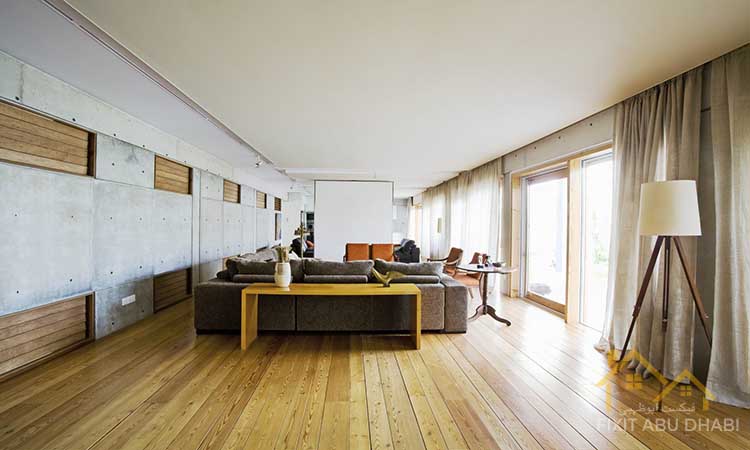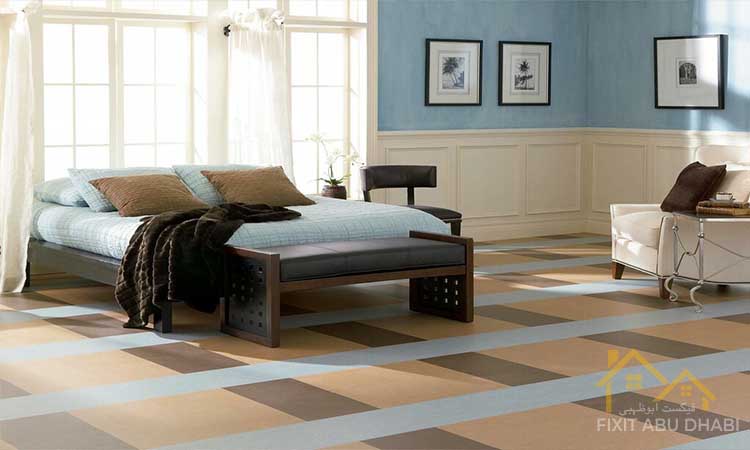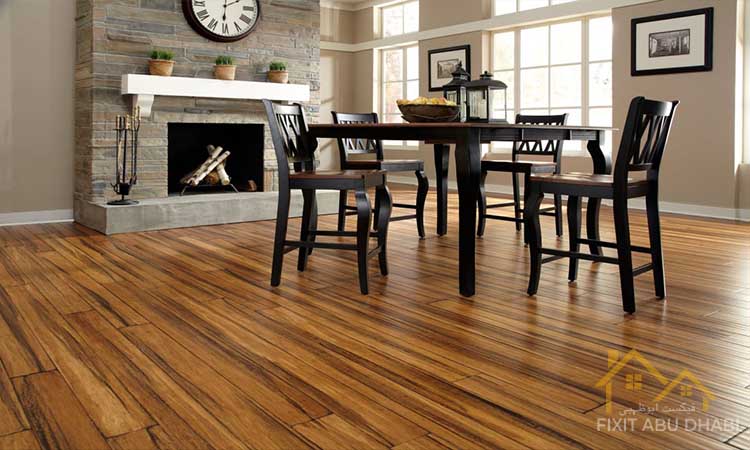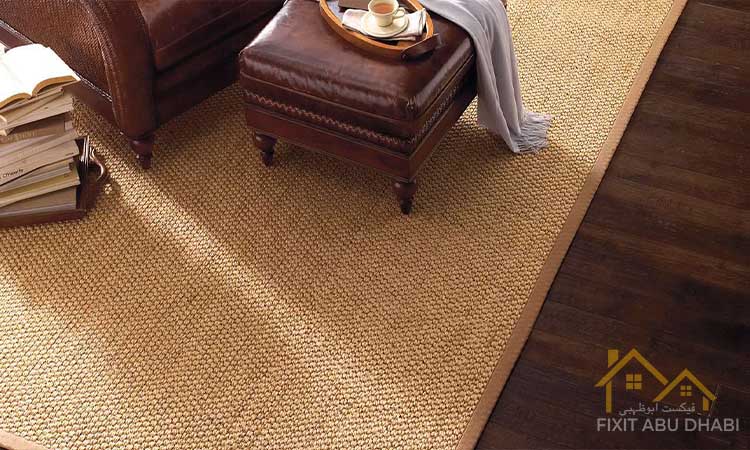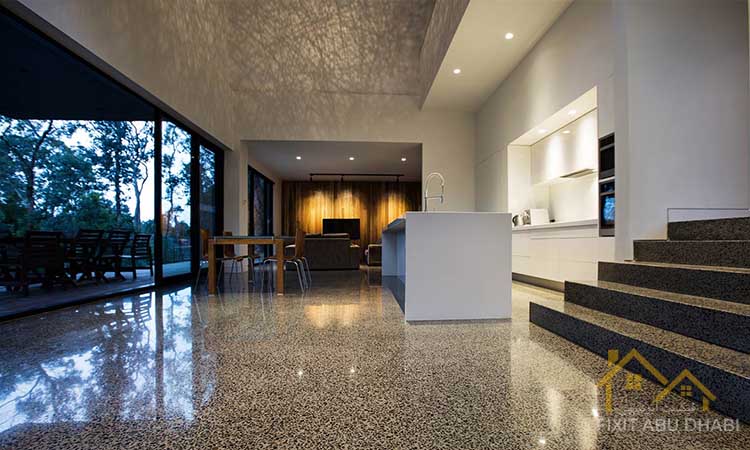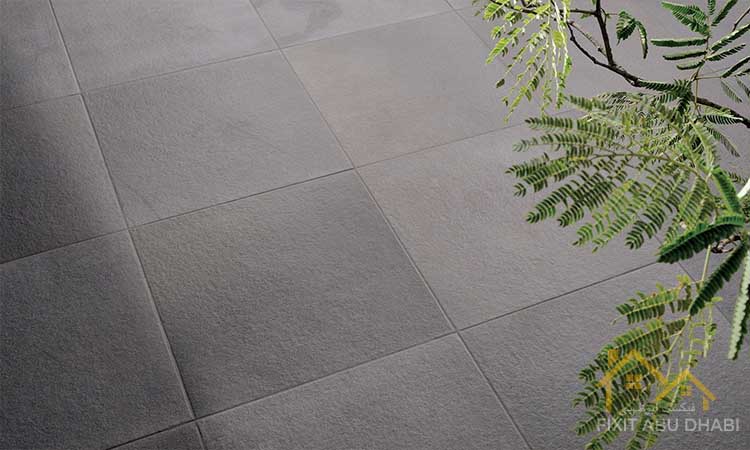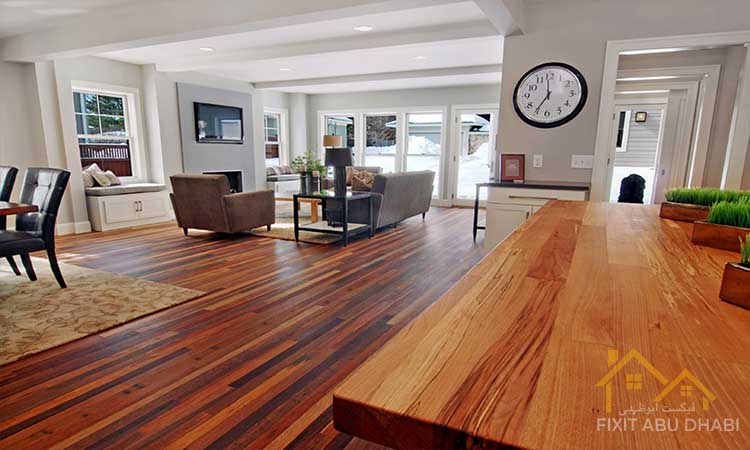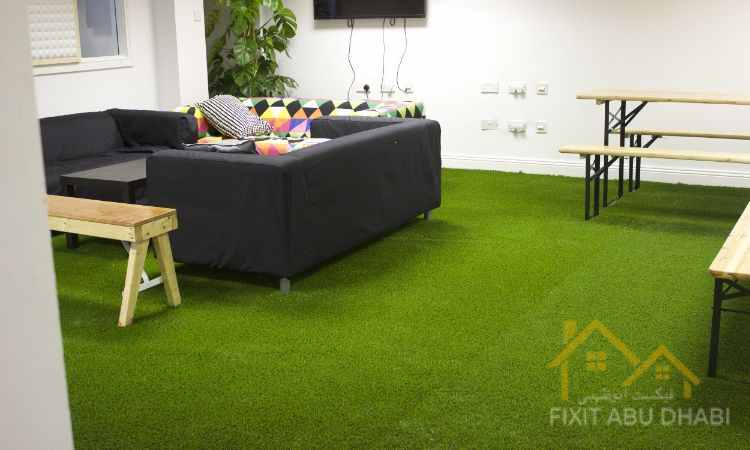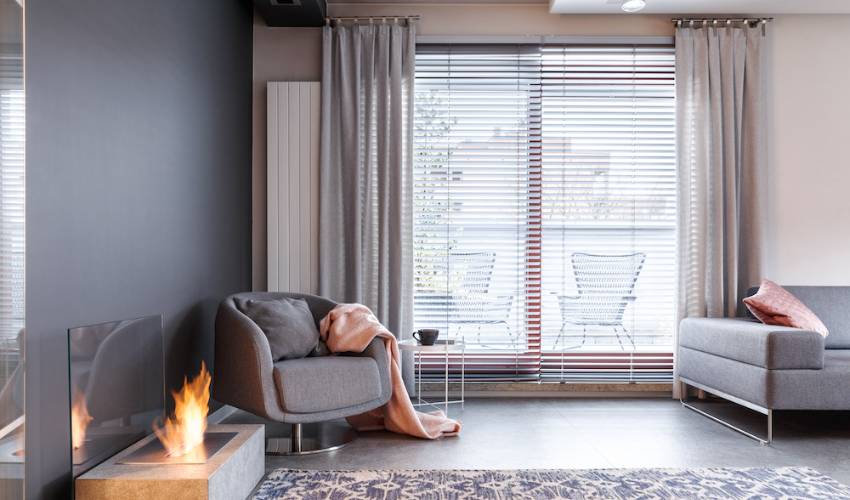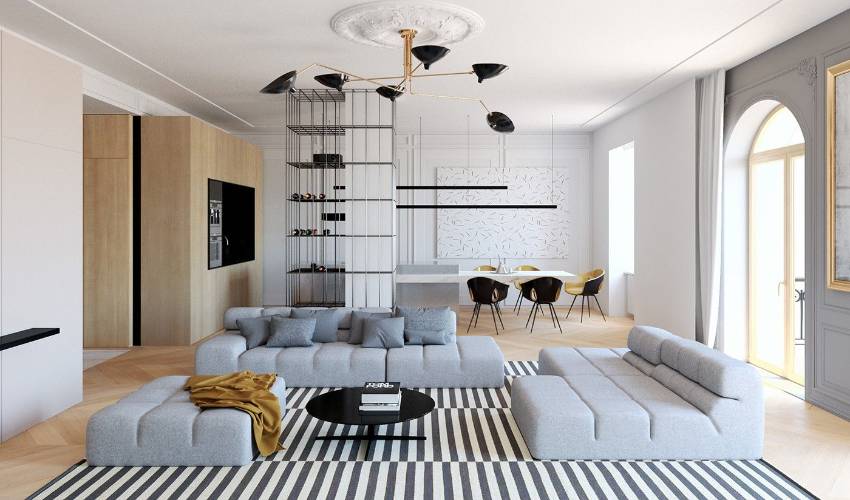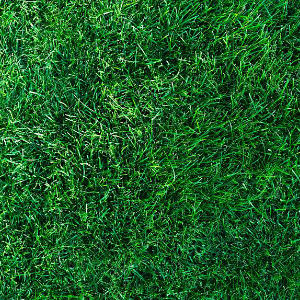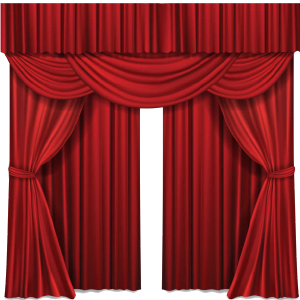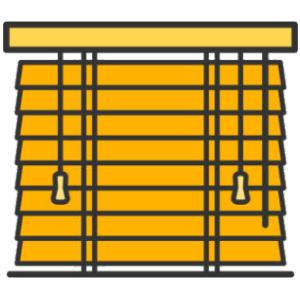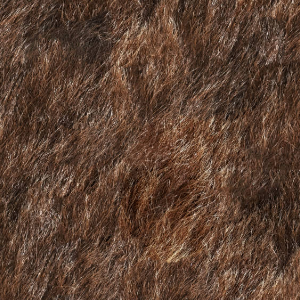Flooring makes a base for any property and, therefore requires a wise selection. Various options can be found in the market, featuring construction using sustainable natural and synthetic materials. However, when it comes to green flooring, the choices can be narrowed down to dozens of options.
Most people associate “green” with natural, renewable materials, but there’s more to consider if you truly want an ecologically friendly floor. Fixit Abu Dhabi has come up with different green flooring varieties that you can afford on a budget.
Factors That Impact The Flooring Materials
Certain elements that influence a flooring material and make an environmental impact are discussed here;
- Ability to regenerate
- Ability to recycle
- Eco-friendly Manufacturing
- Transportation Location
- Intended Lifespan
- Proper Maintenance
Know About Top Cost-effective Green Flooring Choices
To renovate your residential and commercial buildings, a lot of options are available. Here’s our take on top of the most long-lasting and cost-effective green flooring alternatives.
1. Cork Flooring
Cork is a renewable natural substance manufactured from the bark of the cork oak tree which is found in Mediterranean woodlands and it re-grows after harvest. It naturally repels insects, molds, and mites, and provides heat insulation and cold protection. Recycled corks are used in certain cork floors.
It regrows every three years, making it an excellent renewable resource. This cork material has antimicrobial qualities, which make it allergen-free and environment-friendly. In addition, it is flame-resistant, and low-maintenance, which is why it is an excellent choice for both residential and commercial locations.
2. Linoleum Flooring
Linoleum is manufactured from flax plants’ naturally generated oxidized linseed oil, cork powder, resin, wood powder, color, and limestone powder. These substances are frequently used and contain a large amount of renewable energy. It’s flame-retardant and waterproof, much like a cork, and is available with vibrant shades and stain-resistant finish.
This most valued option that involves the usage of all-natural materials for construction can last 25 to 40 years while enduring a lot of foot traffic and has no substantial environmental effect during production. When the material is no longer needed, it can be burnt as a source of energy.
3. Bamboo Flooring
Another wood-like alternative which is made from the fastest-growing plants, with a three- to five-year harvest cycle, making it extremely renewable is bamboo. As it is manufactured from natural plants, it is a long-lasting and environmentally friendly solution, offering simple maintenance and easy installation.
Although bamboo is often light, there are a variety of colors to select from, making it appropriate for any setting. Because of its varied textures and vast color spectrum, it has an advantage over standard flooring in that it allows for a personalization that is not available elsewhere. However, Bamboo flooring has the drawback of being mostly produced in the Pacific Rim, thus importing it from elsewhere would result in significant pollution.
4. Eco-friendly Carpeting
Endless carpets are available in the market but not all are cost-effective or health-friendly. Natural fiber carpets, such as wool, cotton, jute, sisal, silk, and seaweed, are the finest option. These carpets can retain dust and mold, as well as discharge hazardous particles into the atmosphere.
Sisal and jute are the most durable options for high-traffic areas. Cotton and silk are the finest, extremely long-lasting, and luxury options made from organic materials. Wool is a natural resource that can be spun into yarn, dyed, and woven into carpets in every color conceivable, indeed the best, cost-effective, and green flooring option that is passed down through the generations in certain households as a family treasure.
5. Concrete Flooring
Polished concrete is an unexpected but growingly popular sustainable material. The engineered concrete contains very negligible amounts of VOCs that reduce the environmental impact to a great extent. In some residential situations, concrete is generally slab on grade and utilized as a subfloor.
There’s no need to cover it with regular flooring if it’s polished and colored to the homeowner’s liking. The design options are infinite, from creating a tiled look with various colors to inlaying other materials like glass. Concrete is highly long-lasting, easy to clean, and requires little maintenance.
6. Recycled Glass Tiles
Designed from recycled glass debris such as shattered windows and discarded bottles, these non-biodegradable items are kept out of landfills by their use and transformed into glass tiles. This renewable resource is quickly gaining popularity as a floor, bathroom, and kitchen wall and flooring treatment.
Recycled glass is a non-absorbent material that is not prone to mildew or mold in moist conditions, hence, simple to keep clean and maintain. Glass is available in an almost infinite variety of colors, patterns, and finishes, making it the best choice for every design concept.
7. Recycled Hardwood Floors
Many types of wood are in low supply, yet hardwood can be found in ancient structures as repurposed materials. This is wood that has been reclaimed from prior flooring or building projects, helping to decrease waste and avoid the cutting of living trees. Traditional hardwood floors are still an option if you are set on them, which are constructed using sustainable materials.
There are two different sorts of hardwoods to think about. Reclaimed wood is great since it allows you to utilize wood from trees that have been fallen for a long period. In ancient mansions or beach cottages, reclaimed wood is used, which is a natural and sustainable addition that adds value to your property.
8. Grass Carpet
Synthetic grass is one of the best additions to your residential and commercial landscapes. This fake grass is made from recycled rubber materials, which is a renewable material, replicating the look of natural grass. This low-maintenance floor option offers year-round greenery, lush appearance, and pleasant aesthetics regardless of the external environmental and atmosphere conditions.
The artificial fibers of this fake turf come in variable lengths, face weights, and colors. Also, you can get them with padding and infill materials for extraordinary support and cushioning feel. Moreover, the best aspect of having this fake turf is its excellent drainage system through which the water quickly flows down.
The Bottom Line
Fortunately, with innovative technology advancements, various eco-friendly flooring options have been introduced. These ecologically friendly floorings have a positive environmental impact, are allergen-free, cost-effective, and are the most sustainable options to renovate your spaces.
The most trending cost-effective green flooring choices are bamboo, cork, concrete, hardwood, carpet, recyclable metal, natural stone, and glass tiles. Moreover, you can pick from numerous other flooring options as Laminate Flooring or LVT Flooring, which are health-friendly and sustainable additions. By reviewing this informative article, you can choose any options that suit your living standards and needs!

